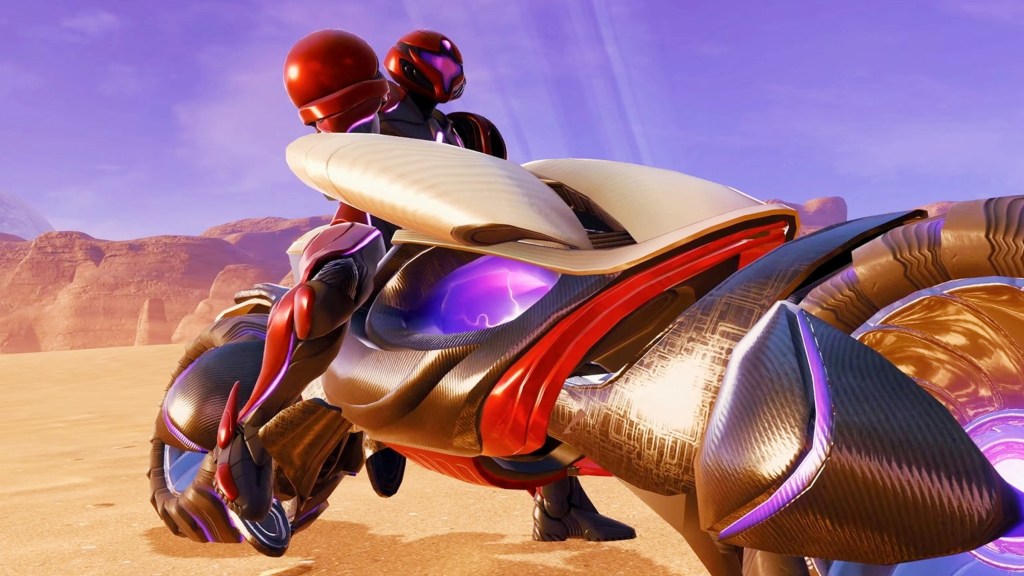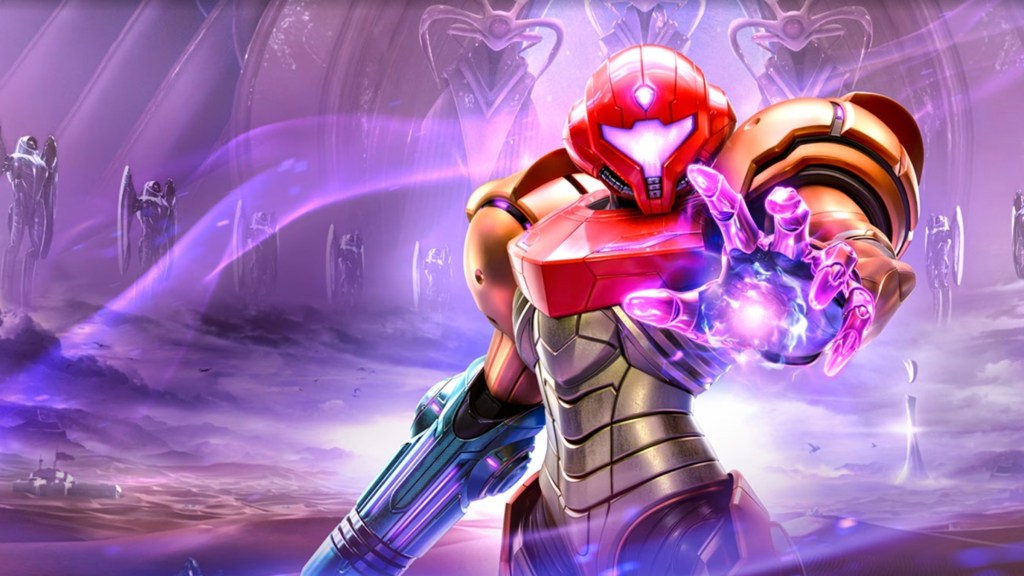Nintendo has always been a company that values patience. It has proven in the past that it is not afraid to delay a game until it is ready, and few games prove this like Metroid Prime 4: Beyond. The wait has been long, but the game is finally scheduled to release for the Nintendo Switch and Nintendo Switch 2 on December 4th. The delays have tested the limits of Nintendo’s lengthy development times as well as fans’ patience over the eight years since the game was announced in 2017.
Videos by ComicBook.com
For fans, this wait has been agonizing. The remaster of Metroid Prime softened the blow, but a continuation of the story after Metroid Prime 3: Corruption has long been a dream. Many have wondered why Metroid Prime 4 took so long to develop, and Nintendo has shed some light on this mystery.
Metroid Prime 4’s Journey Since 2017

Nintendo first unveiled Metroid Prime 4 at E3 in 2017. Even though the reveal was minimal, a logo and name, excitement erupted among fans. The long wait after Metroid Other M and Metroid: Federation Force, a return to Samus Aran’s 3D Metroidvania series, was what they always wanted. Many thought the Prime series was dead, but Metroid Prime 4 showed them how wrong they were.
But the fans didn’t know the state of the game and how the project was already facing difficulties. The initial version of Metroid Prime 4 was reportedly developed internally by Nintendo itself. But even with some support from an unnamed European studio, progress was slow and inconsistent. It seemed the vision for the game was not aligning with development, failing to meet Nintendo’s expectations.
Then, in 2019, Nintendo made the bold decision to restart development. It announced this publicly, revealing that Metroid Prime 4 would begin again from scratch, bringing on Retro Studios to once again worko n the
Developing Metroid Prime 4 for Two Generations

The decision to hand Metroid Prime 4 back to Retro Studios was an exciting one, but it complicated things as well. Restarting development meant everything had to be rebuilt. If there was a developer who could handle this pressure, it was Retro Studios. After all, it was behind the original trilogy’s atmospheric balance of exploration, isolation, and discovery.
However, Nintendo and Retro Studios faced another challenge with Metroid Prime 4: hardware transition. It had been developed for so long that the Nintendo Switch 2 was on the cusp of succeeding the Nintendo Switch. This means development had to be released on the next console, but Nintendo had already teased the game for the original Switch. The only solution was to do a dual release, further complicating development.
Retro Studios had to expand significantly for Metroid Prime 4 and modernize its tools. 4K textures, ray-tracing, and more advanced lighting systems would be poured into the Switch 2 version. The new talent brought on came from games like Halo, Call of Duty, and Battlefield, bringing even more FPS knowledge to the series. All of this ended up with Metroid Prime 4 being one of the most complex projects for Nintendo, hence why it took so long.
Ambition, Legacy, and the Weight of Expectation

The final reason Metroid Prime 4 took so long was the weight of its name. The original Metroid Prime and its sequels weren’t just successful; they redefined the series forever. They blended exploration and storytelling in a new way that still feels modern even on the GameCube today. Isolation was one of the strongest aspects of the games, and this led to some of the best exploration in the series yet.
After Metroid Dread was a return to form for the 2D games, the next 3D game had to be equally as good. This pressure led to development ballooning out of control and extending into the long wait fans see today. Combine this with the success of Metroid Prime Remastered, and the pressure became even greater to develop a great game. The return of the Prime series had to be perfect, and this is partially why development took eight years.
The wait is nearly over as Metroid Prime 4’s December 4th release date approaches. This is one of the longest development cycles for a Nintendo game. Even titles like The Legend of Zelda: Breath of the Wild and Tears of the Kingdom only took six years. It remains to be seen if the wait was worth it. Nintendo’s marketing tactics have been odd, with the focus on the doors and the reveal of the bike. Samus Aran’s next journey is almost here, and you can practically feel the excitement in the air for Metroid Prime 4.
What do you think? Leave a comment below and join the conversation now in the ComicBook Forum!









